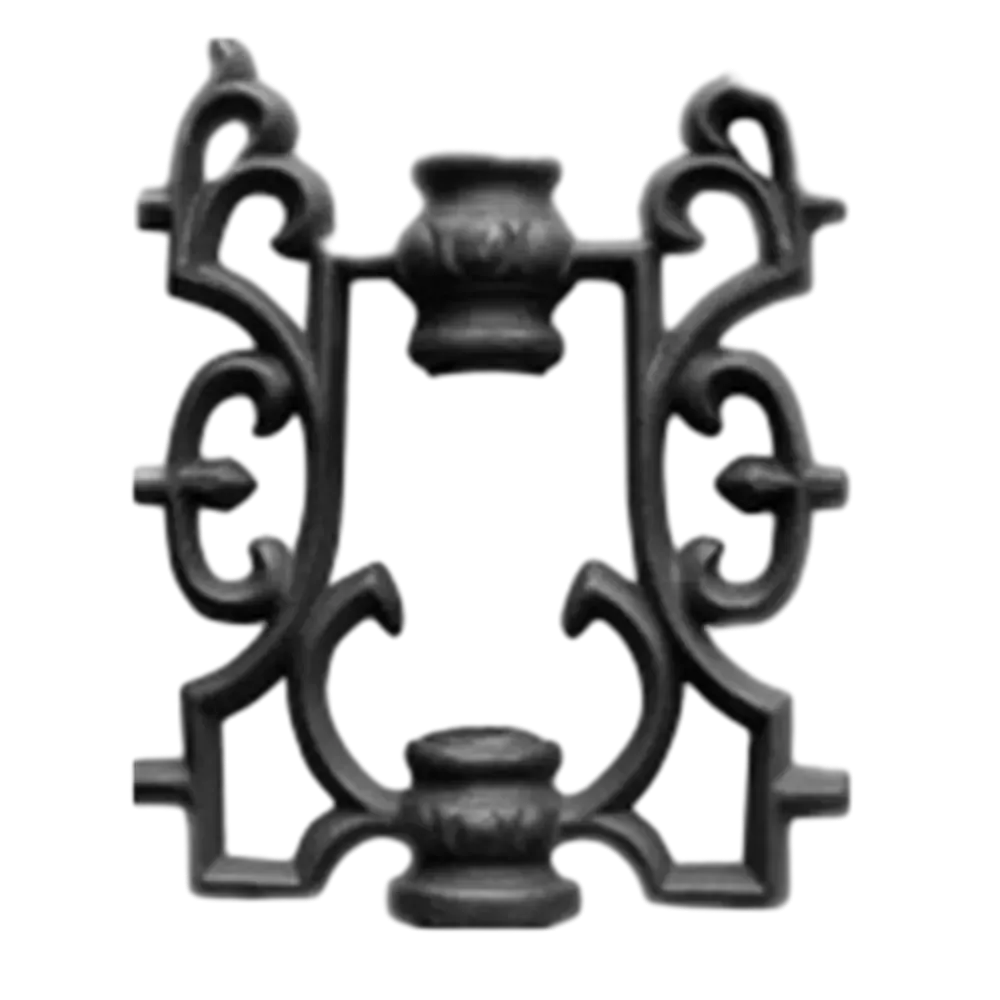Elegant Designs and Applications of Wrought Iron for Stunning Decorative Elements and Structures
The Charm of Wrought Iron Ornamental Designs
Wrought iron has long been celebrated as a material that combines durability with aesthetic appeal. Its unique properties, such as malleability and strength, allow artisans to create intricate designs that enhance both residential and commercial spaces. Among its many applications, wrought iron ornamental designs stand out for their beauty and elegance, making them a popular choice for homeowners and architects alike.
Historically, wrought iron has been used for centuries, tracing its roots back to ancient civilizations. Blacksmiths would heat and hammer the iron into various shapes, creating everything from simple tools to elaborate decorative pieces. Over time, this craft evolved, leading to the production of ornamental wrought ironwork that we see today—gates, railings, balconies, and fences adorned with intricate patterns that add a touch of sophistication to any setting.
The beauty of wrought iron ornamental designs lies in their versatility. They can complement various architectural styles, from classical to contemporary. In traditional settings, you might find ornate scrolls, floral motifs, and lattice-like patterns that add a romantic flair to homes and gardens. On the other hand, modern interpretations may feature sleek lines and minimalistic designs that resonate with a more understated aesthetic. This versatility allows wrought iron to adapt to the owner's preferences, making it an enduring choice for both old and new constructions.
One of the most common applications of wrought iron ornamental designs is in gates and fences. These structures not only serve as barriers but also enhance the overall curb appeal of a property. A beautifully crafted wrought iron gate can act as a focal point, while decorative fencing can create a sense of enclosure and security without sacrificing style. Moreover, the longevity of wrought iron—resistant to rust when properly maintained—ensures that these ornamental pieces remain functional and beautiful for years to come.
wrought iron ornamental

In addition to gates and fences, wrought iron ornamental designs are often used in balconies and staircases. Balconies adorned with intricately designed railings not only increase safety but also serve as a decorative feature that can elevate the entire facade of a building. Similarly, spiral staircases with wrought iron accents can become stunning architectural elements within a home, showcasing craftsmanship while providing practical functionality.
The artistry involved in creating ornamental wrought iron pieces cannot be overstated. Skilled blacksmiths and metalworkers take great pride in their craft, often spending years honing their techniques. This dedication to artistry is evident in the way patterns flow and intertwine, resulting in pieces that are not just functional but also works of art. Such craftsmanship often includes customization, allowing clients to incorporate personal designs or symbols into their wrought ironwork, lending a unique character to their properties.
Moreover, wrought iron ornamental designs have found their way into interior spaces as well. From chandeliers and candle holders to decorative wall art, wrought iron can bring a touch of elegance indoors. Its industrial charm is particularly appealing in modern homes, where it can be paired with contrasting materials like wood and glass to create a harmonious balance.
In conclusion, wrought iron ornamental designs embody a rich heritage of craftsmanship and creativity. Their blend of beauty and functionality makes them a timeless choice for enhancing both interiors and exteriors. Whether gracing a grand entrance or subtly accentuating a living space, these designs continue to captivate and inspire, reflecting the enduring appeal of wrought iron in our built environment.
-
Wrought Iron Components: Timeless Elegance and Structural StrengthNewsJul.28,2025
-
Window Hardware Essentials: Rollers, Handles, and Locking SolutionsNewsJul.28,2025
-
Small Agricultural Processing Machines: Corn Threshers, Cassava Chippers, Grain Peelers & Chaff CuttersNewsJul.28,2025
-
Sliding Rollers: Smooth, Silent, and Built to LastNewsJul.28,2025
-
Cast Iron Stoves: Timeless Heating with Modern EfficiencyNewsJul.28,2025
-
Cast Iron Pipe and Fitting: Durable, Fire-Resistant Solutions for Plumbing and DrainageNewsJul.28,2025
-
 Wrought Iron Components: Timeless Elegance and Structural StrengthJul-28-2025Wrought Iron Components: Timeless Elegance and Structural Strength
Wrought Iron Components: Timeless Elegance and Structural StrengthJul-28-2025Wrought Iron Components: Timeless Elegance and Structural Strength -
 Window Hardware Essentials: Rollers, Handles, and Locking SolutionsJul-28-2025Window Hardware Essentials: Rollers, Handles, and Locking Solutions
Window Hardware Essentials: Rollers, Handles, and Locking SolutionsJul-28-2025Window Hardware Essentials: Rollers, Handles, and Locking Solutions -
 Small Agricultural Processing Machines: Corn Threshers, Cassava Chippers, Grain Peelers & Chaff CuttersJul-28-2025Small Agricultural Processing Machines: Corn Threshers, Cassava Chippers, Grain Peelers & Chaff Cutters
Small Agricultural Processing Machines: Corn Threshers, Cassava Chippers, Grain Peelers & Chaff CuttersJul-28-2025Small Agricultural Processing Machines: Corn Threshers, Cassava Chippers, Grain Peelers & Chaff Cutters












